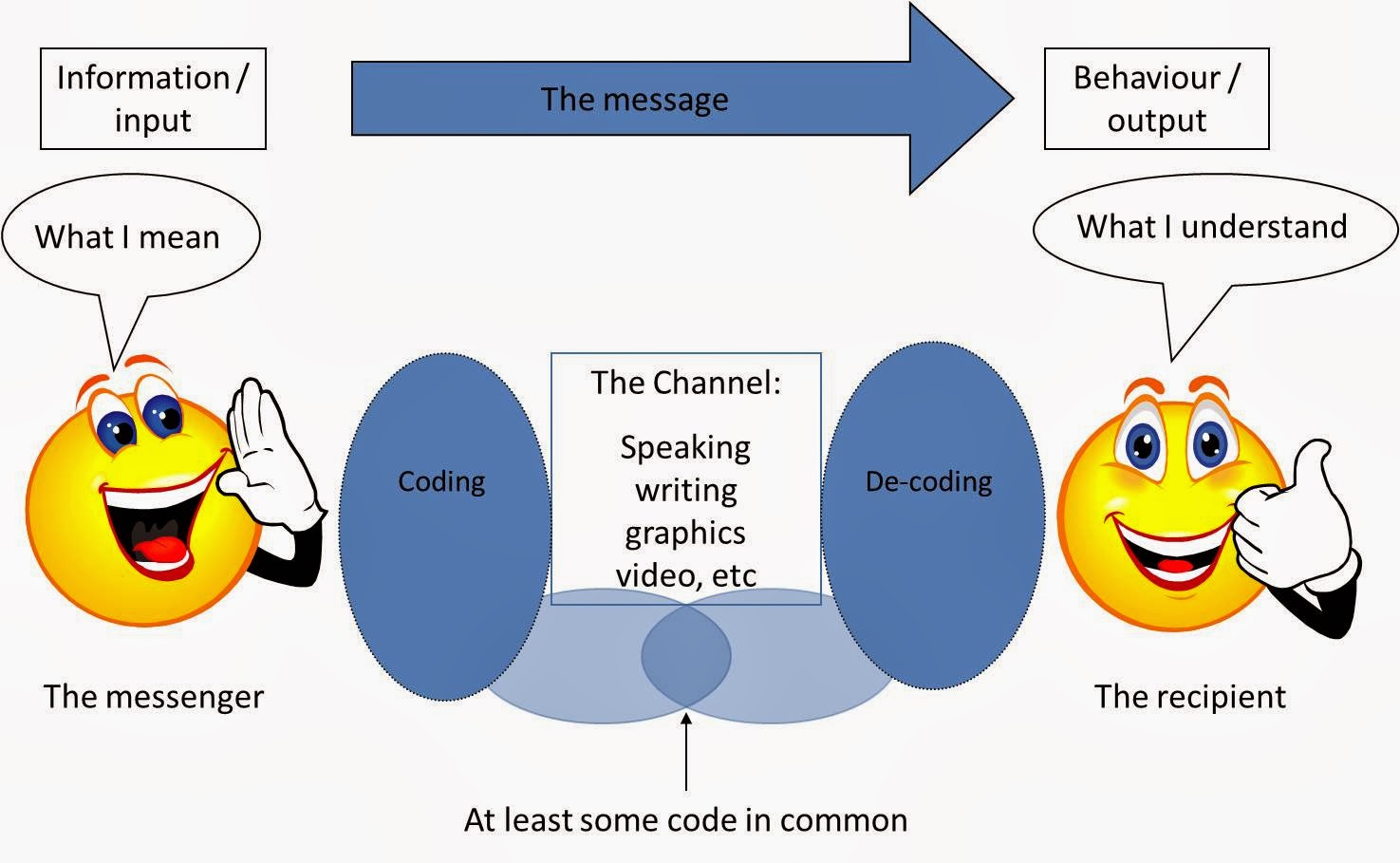Plagiarism: Understanding the Concept and Importance
1. Defining plagiarism
Plagiarism is the act of using someone else's work, ideas, or expressions and presenting them as your own without proper acknowledgement or credit. It can occur in various fields, such as academia, music, art, and writing.
- Example: Plagiarism is copying a paragraph from a research paper and including it in your own paper without citing the original source.
2. History of Plagiarism
The word "plagiarism" comes from the Latin term "plagiarius," meaning "kidnapper." The Roman poet Martial first used it in the 1st century AD to accuse another poet of stealing his verses. Over time, this concept has expanded to include copying ideas, expressions, or creative work without permission.
3. Common Reasons for Plagiarism
- Lack of Understanding: Some individuals may need to fully understand what constitutes plagiarism, leading to unintentional violations.
- Pressure to Succeed: Academic or professional pressure may push individuals to plagiarize to meet high expectations or deadlines.
- Ease of Access: The internet makes finding and copying work easier, increasing the temptation to plagiarize.
- Cultural Differences: Different perceptions of intellectual property can lead to varying understandings of plagiarism.
4. Why Write Original Work?
- Ethical Integrity: Valuing honesty and professionalism.
- Personal Satisfaction: Creating unique work gives a sense of accomplishment.
- Skill Development: Writing helps improve critical thinking and research skills.
- Respect for Intellectual Property: Acknowledging the work of others is essential in academic and professional settings.
5. Types of Plagiarism
Direct Plagiarism: Copying someone else's work word-for-word without credit.
- Example: Copying a paragraph from a book and inserting it into your essay without citation.
Self-Plagiarism: Reusing your own previously published work without acknowledgement.
- Example: Submitting the same research paper to two different courses without permission.
Mosaic or Patchwork Plagiarism: Blending phrases or ideas from multiple sources without citation.
- Example: Taking sentences from various articles and combining them to create an essay without citing the sources.
Accidental Plagiarism: Please cite sources correctly or paraphrase too closely with proper acknowledgement.
- Example: Forgetting to cite a source or paraphrasing a paragraph without changing the structure.
Paraphrasing Plagiarism: Rewriting someone else's ideas without giving them credit.
- Example: Changing a few words of a paragraph from a research article and not citing the source.
Source-Based Plagiarism: Incorrect or nonexistent source attribution.
- Example: Citing a source that doesn't exist or doesn't contain the information referred to.
Collusion Plagiarism: Working with others on an assignment to be completed individually.
- Example: Collaborating with a friend on a research paper and submitting it as your own work.
Contract Plagiarism: Paying someone to write work for you and submitting it as your own.
- Example: Hiring someone to write and submit a thesis under your name.
6. Consequences of Plagiarism
Plagiarism can result in:
- Loss of credibility and professional reputation.
- Academic penalties, such as failing grades or expulsion.
- Legal actions in cases involving intellectual property theft.
- Diminished trust and respect in educational and professional communities.
7. How to Avoid Plagiarism
Understand What Constitutes Plagiarism: Educate yourself on different types of plagiarism.
- Example: Knowing that even paraphrased ideas need proper attribution.
Cite Sources Properly: Use the correct citation style (APA, MLA, etc.) for all sources.
- Example: Citing a journal article in APA format within your paper.
Use Quotation Marks for Direct Quotes: Clearly indicate when using someone else's exact words.
- Example: "Plagiarism is the act of using another person's work without giving credit" (Author, Year).
Paraphrase Effectively: Reword and synthesize the original material while citing the source.
- Example: Explain a theory in your own words while crediting the original author.
Use Plagiarism Detection Tools: Tools like Turnitin or Grammarly help identify unintentional plagiarism.
- Example: Running your paper through a plagiarism checker before submission to ensure originality.
Track Your Sources: Keep a record of all sources you reference to avoid accidental plagiarism.
- Example: Using reference management tools like Zotero or EndNote.
Develop Your Own Voice: Focus on creating original ideas rather than relying too much on others' work.
- Example: Write a critical analysis based on your own interpretation of the research findings.
8. Tools and Resources for Avoiding Plagiarism
- Turnitin: Detects potential plagiarism in academic papers.
- Grammarly: Checks for grammatical errors and unintentional plagiarism.
- Zotero/EndNote: Helps manage references and citations.
- Google Scholar: Source for academic research and articles to properly cite.
9. Educational Responsibility
As educators, it is essential to:
- Teach students the importance of originality and ethical writing practices.
- Encourage proper citation habits and provide resources on plagiarism prevention.
- Lead by example by creating original content and always giving credit where it's due.
10. Conclusion
Plagiarism undermines the integrity of education and professional work. Educators play a crucial role in fostering a culture of originality and ethical behaviour in academic environments. By understanding plagiarism, its types, and strategies to avoid it, we can uphold the values of honesty, creativity, and respect for intellectual property.




Comments
Post a Comment